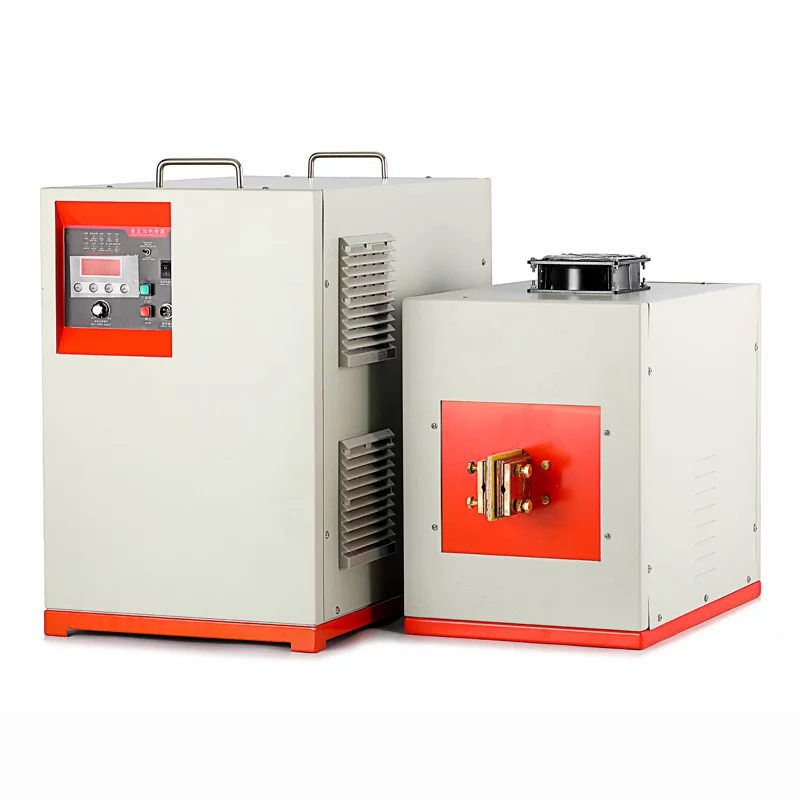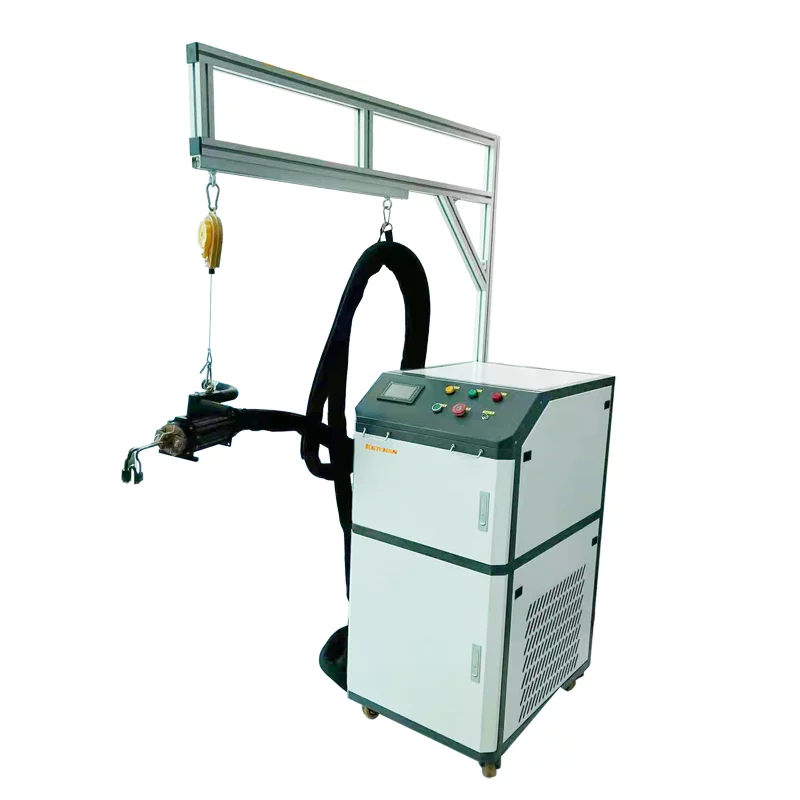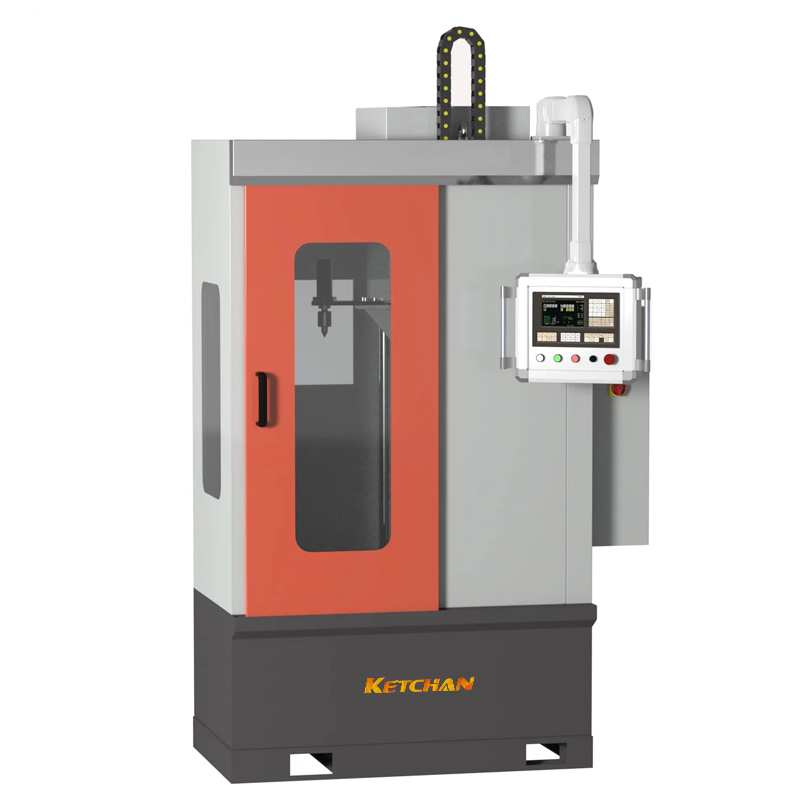The common heat treatment methods of induction forging include isothermal annealing, normalizing, quenching, and tempering, etc. In order to ensure the quality of heat treatment, it is necessary to strictly control the temperature of initial forging and final forging and the control of the final cooling process. The waste heat treatment of forging in production can reduce the heat treatment energy consumption of blank by 50%~70%.
Make full use of the waste heat of casting, forging (rolling) process for heat treatment, save the high heat required in re-austenitizing, for mass production of standard parts, auto parts, tools, etc., energy-saving effect is very great.
1. Waste heat quenching of forging
Application example: 42CrMo steel heavy-duty automobile balance shaft forging waste heat quenching
The balance shaft for Steyr heavy duty truck is made of 42CrMo steel. It is required to be tempered with a hardness of 27~34HRC. The metallographic structure of the surface and the core is 1~2 and 1~5 grades respectively, and the tensile strength at 15mm from the surface is 900~1050MPa.
(1) Original technological process
Blanking → medium frequency heating → rolling forging → shaping → trimming → thermal correction → tempering → shot peening → flaw detection → paint.
The original quenching process was as follows :(850±30) ℃×2.5~3h quenching, water cooling to 150~200℃, and the liquid level were proposed. (600±10) ℃× 3.5-4h tempering. After the balance shaft is processed by the original process, there are many problems, low output, and high cost.
(2) New technological process
Blanking → intermediate frequency heating → rolling forging → forming → trimming → heat correction → waste heat quenching → spot hardness test → tempering →100% hardness test → metallographic and mechanical properties test → shot peening →100% flaw detection → spray painting.
(3) Balance shaft forging waste heat quenching process
Forging stock after the 1100 ℃ heating, forging processing, transferring to quenching cooling after forging forming time control within the 40 s, using an infrared thermometer to measure the workpiece into the quenching liquid (i.e., the mass fraction of 10% of PAG – Ⅰ quenching cooling medium) before quenching temperature is 800 ~ 820 ℃; Quench liquid temperature ≤45℃ is controlled. The workpiece is put into the quench liquid with a high stirring intensity within 1min and then stirred slowly. After about 6-8min, the workpiece is put into the quenching liquid level and put into the furnace for tempering.
(4) Application effect
Compared with the conventional heat treatment, the thermal quenching of the balanced shaft forging not only significantly improves the heat treatment quality and performance of the product, but also increases the production efficiency by more than 50%. Moreover, the cost per piece is reduced by 20 yuan, saving more than 900,000 yuan for the whole year.
2. Forging residual heat normalizing
A remarkable energy-saving effect can be obtained by normalizing forging by using waste heat of forging and controlling cooling speed reasonably.
Application example: Low carbon alloy steel, such as 15Cr, 20Cr, 20CrMnB, after the final forging, is cooled to 500~600℃ at a certain speed, immediately heated to above Ac3, and is normalized
3. Waste heat quenching and tempering process of forging
The forging waste heat quenching and tempering process can not only achieve a remarkable energy saving effect but also improve the mechanical properties of the product, reduce the process links, shorten the production cycle, so it is widely used.
Application example: Chongqing Xiema Machinery Crankshaft Co., LTD. Adopts waste heat quenching and tempering process in the production of motorcycle engine crank, and remarkable results have been achieved. After forging 45 and 40Cr round steel by medium frequency induction heating, it is treated with constant temperature and tempering treatment of waste heat. The heat treatment process is shown in FIG.3. After precision forging, the shape size of the components is 115.7mm (large end outer diameter) / 22.3mm (small end outer diameter) ×148.5mm (length).
According to the geometric shapes of different materials and parts, the new automatic constant temperature equipment can be used to conduct short-term constant temperature treatment of the workpiece immediately after the final forging. The temperature of the workpiece can be guaranteed to be uniform through precise control of the furnace temperature. The KR7280 water-soluble quenching cooling medium with a concentration of about 10% (mass fraction) is adopted. In order to compare the microstructure and properties of the tempered workpiece with the waste heat after forging, the workpiece after precision forging was air-cooled to room temperature, and then austenitized in a box furnace and then the above quenching and tempering process was repeated, that is, the conventional quenching treatment.
Energy-saving effect:
1. 45 and 40Cr steel cranks can significantly improve hardenability, uniform distribution of structure and hardness after forging heat quenching treatment, mechanical properties are better than the conventional tempered workpieces;
2. The average power consumption of the conventional tempering workpiece is 0.5kW•h/kg, while the average power consumption of the forging waste heat tempering workpiece is only 0.3kW•h/kg, saving about 40% energy.





